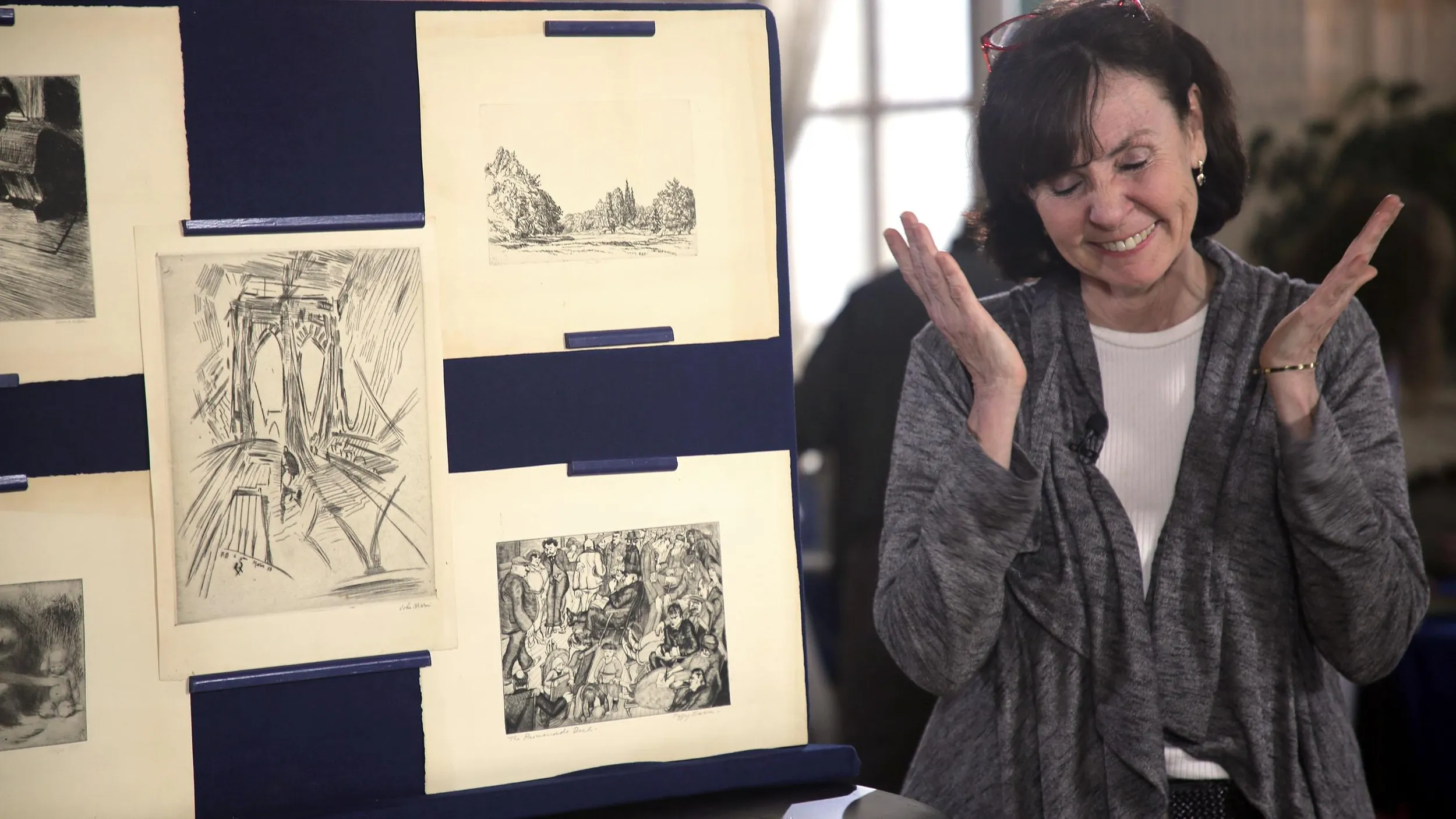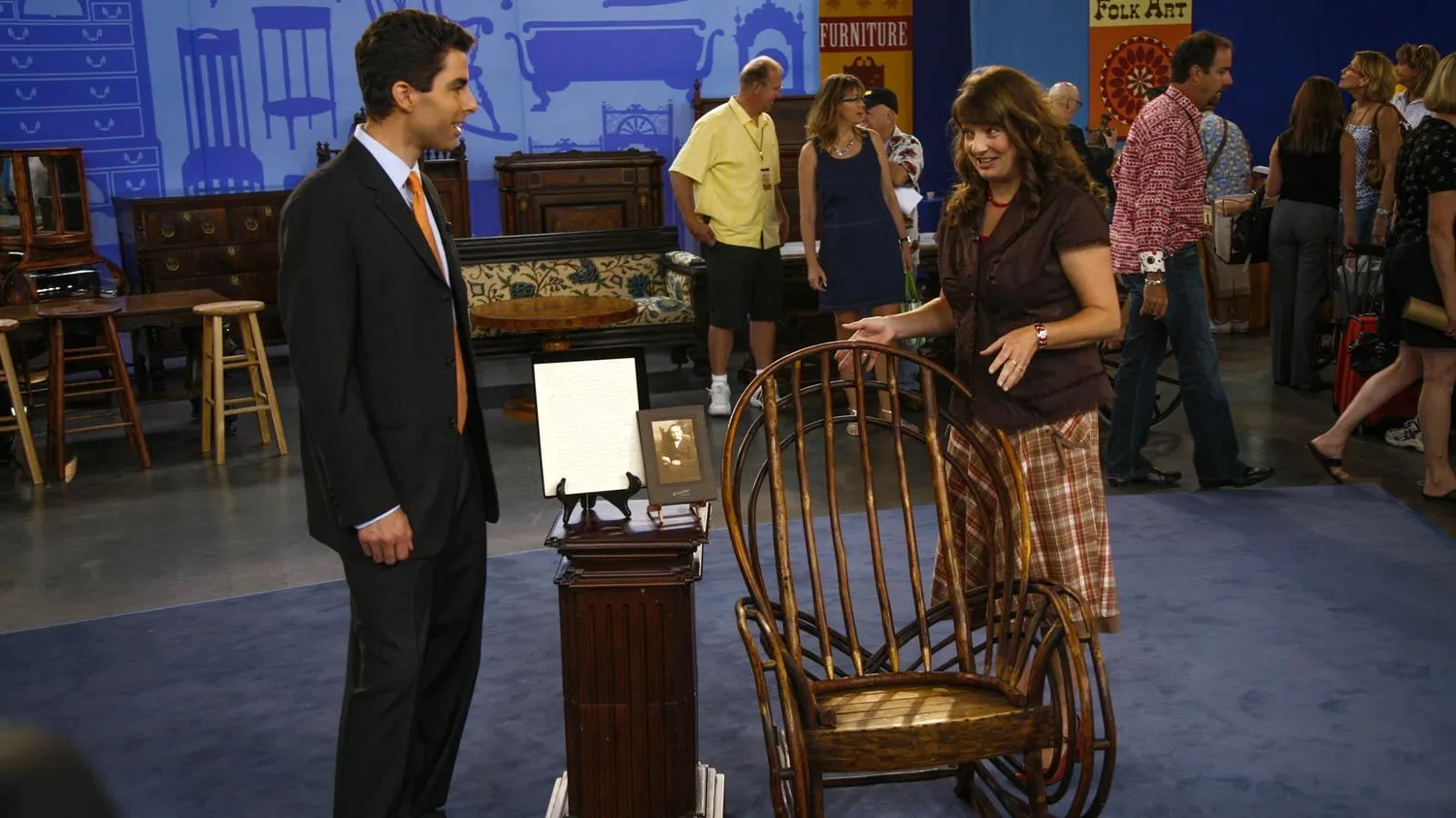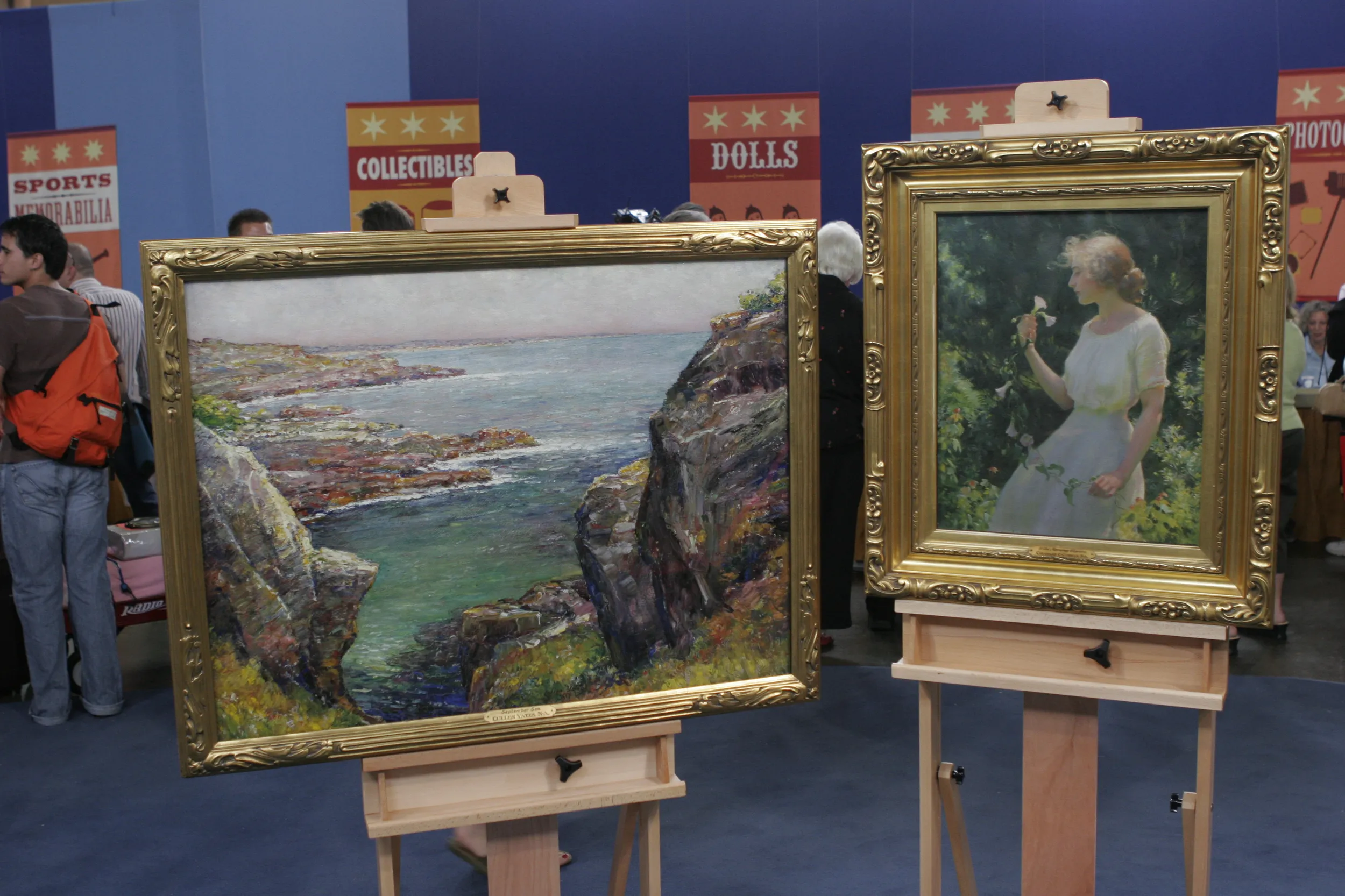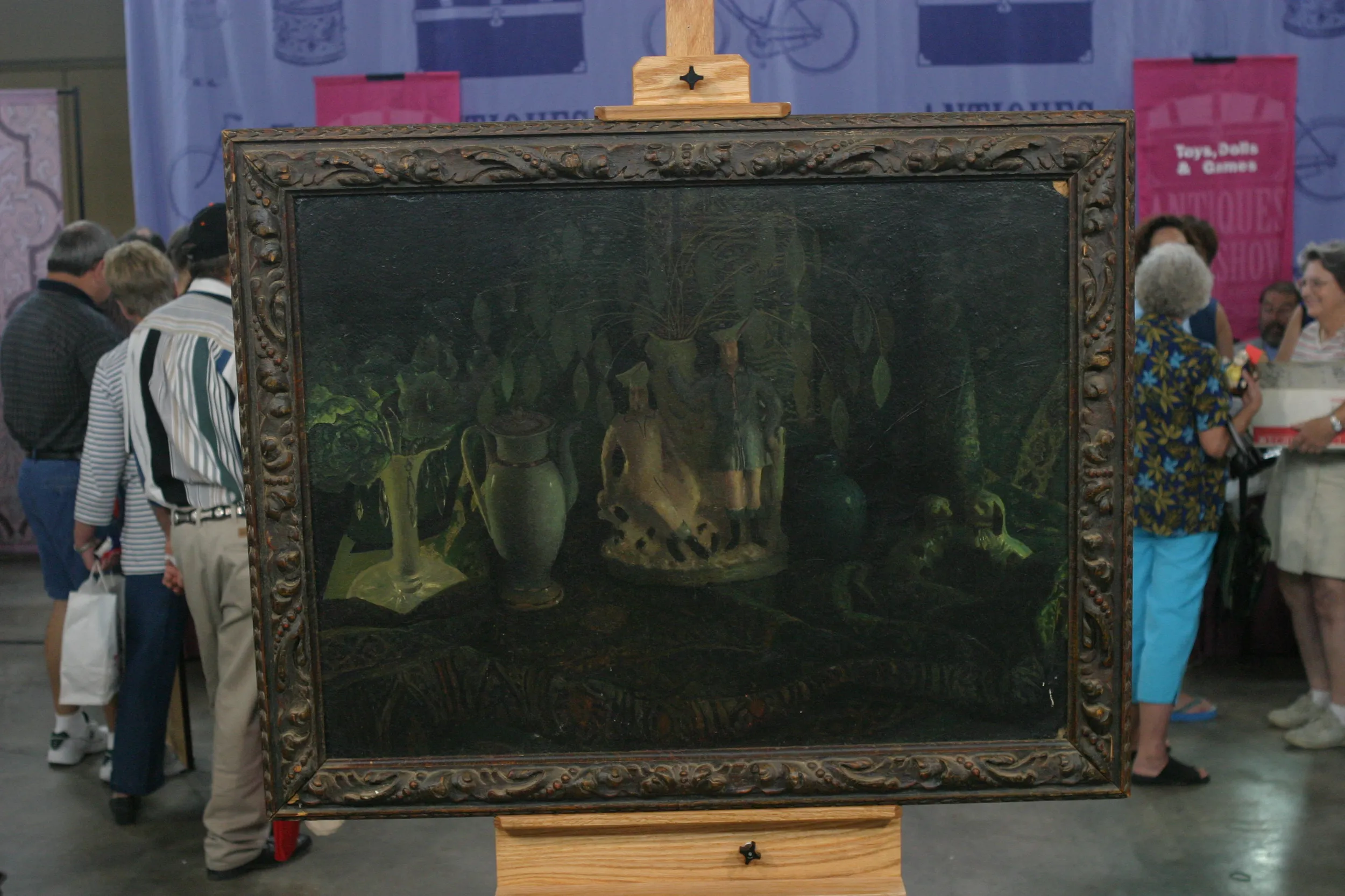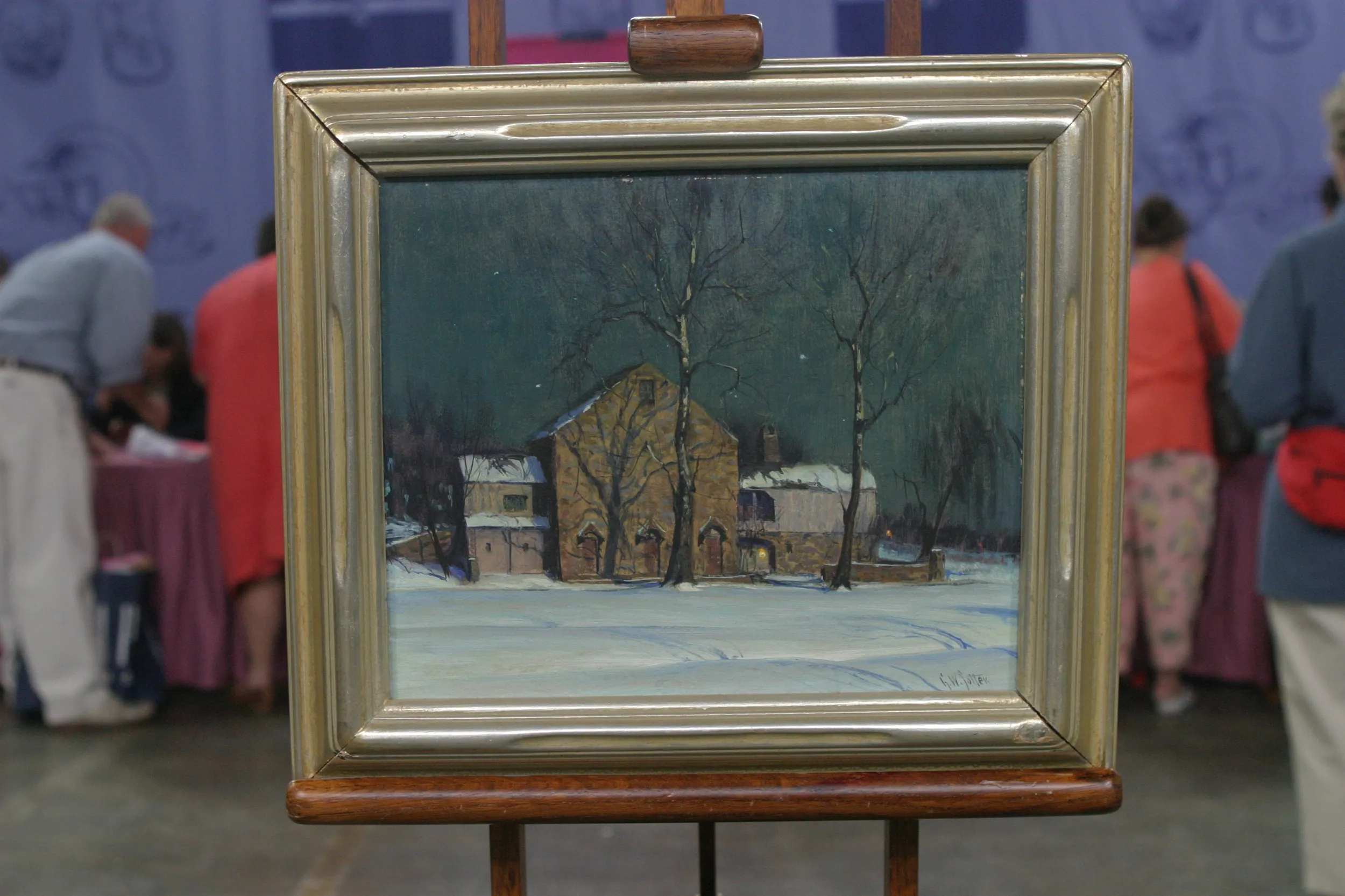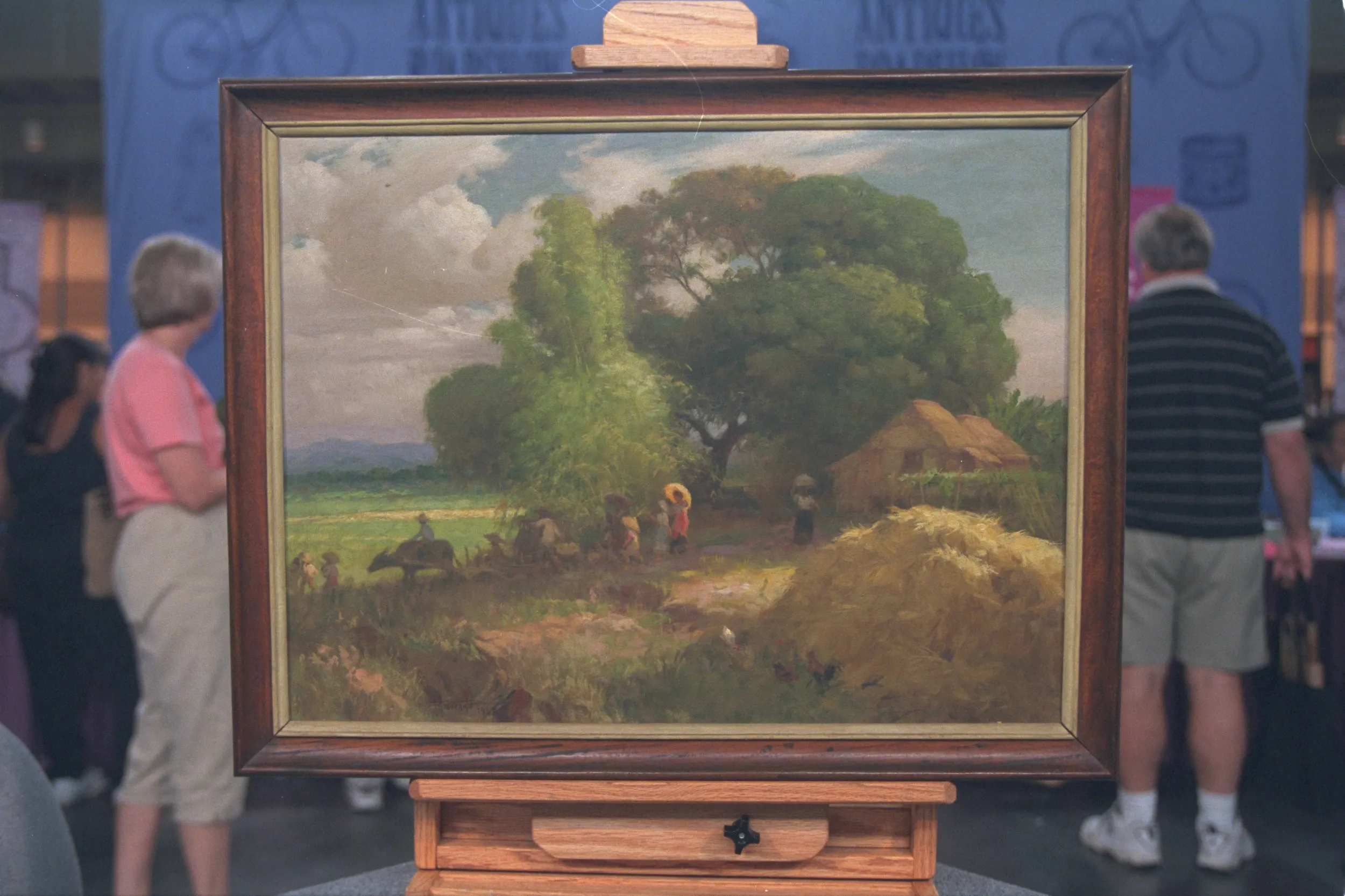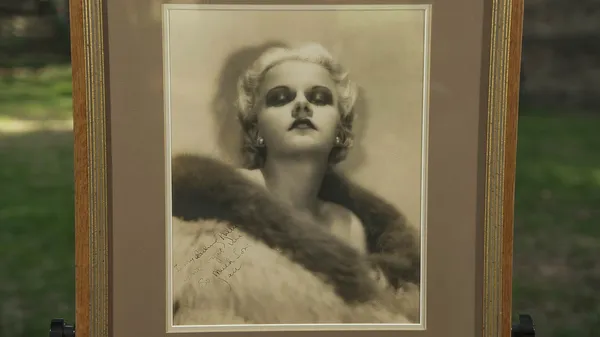GUEST: They came down from my mother-in-law, and we think they may be Benjamin Greenleaf, but I'm not sure of that. My mother-in-law was given to hyperbole. (chuckles)
APPRAISER: Ah.
GUEST: And these came down from the family, and each woman brought it down.
APPRAISER: So it's been handed down to daughter to daughter-in-law, okay.
GUEST: (murmurs)
APPRAISER: Since you've had them, have you done anything to them?
GUEST: The only thing we did was frame them.
APPRAISER: And so, these are newer frames, then?
GUEST: Yes.
APPRAISER: And what did the original frame look like?
GUEST: Well, the frames that my mother-in-law had, um, were really the kind that you would put on a, a, a diploma. Those little black ones?
APPRAISER: Uh-huh, okay.
GUEST: Um, and they were falling apart.
APPRAISER: Okay.
GUEST: So that's why we had them...
APPRAISER: Let's start with dispelling any family hyperbole, an, any apo, apocryphal story.
GUEST: (chuckling)
APPRAISER: These paintings are definitely by Benjamin Greenleaf. Greenleaf, as you may know, was born in Hull, Massachusetts, in 1769. And he really started painting when he was in his early 30s. Before that, we don't know what he did. He, he's one of those artists that we don't know much about, but we do know he was active for about a 15-year period between 1803 and 1818. He was an itinerant painter, going from town to town, staying there until he'd either worn his welcome out or he's painted enough commissions that he, he was done.
GUEST: (chuckles)
APPRAISER: Now, this painting is very typical of Greenleaf's work, because it's painted on glass. It's a reverse painting. Greenleaf took a piece of glass and painted the portrait on the back of the glass, and they're very fragile. The gentleman was almost certainly by, also by Greenleaf, but it's on a panel. It's on a piece of wood. One of the things that Greenleaf was known for was painting these profile portraits and ba, and virtually filling the painting with the portrait. And in fact, this one, I wonder, when it was reframed, if her bonnet really goes underneath the rabbet of the frame.
GUEST: Oh, yeah, oh, interesting.
APPRAISER: Now, here's the potential bad news. Greenleafs, every one that I've seen, they're in those little crummy black frames.
GUEST: (chuckling)
APPRAISER: So you might have thrown away the original frames. In spite of the fact that the portraits are great, if they'd been in their original frame, they'd be even greater. Greenleaf's work is really pretty rare. There're, there're less than 60 of the, uh, these portraits known to have been done by him, probably because a lot of them broke, because they were glass.
GUEST: Oh.
APPRAISER: I would think that in this condition, in these new frames, the good presale auction estimate would be $5,000 to $7,000.
GUEST: Wow. Very good.
APPRAISER: Now, if they were in their original frames, you might add a few more thousand, and they might have been worth $8,000 to $10,000. I should also point out that Greenleaf did various sizes of these, so the bigger that they are, the, the more expensive they are, because they're more fragile.

